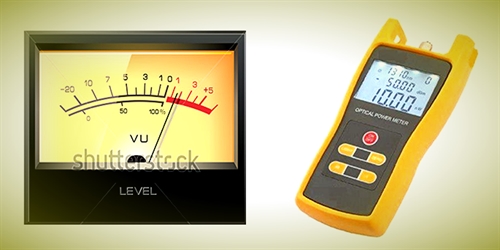Difference between Analog and Digital Signals

Difference between Analog and Digital Signals
Electronics as an area of technology is so advanced. But the basics are not so known to everyone. We all have heard about the signals and we all are little bit familiar with those. In short these signals are used to transmit information which contains any specific kind of data. Most commonly these signals are transmit through electric signals. These technologies are much more common in the eyes of electronic students who are associated with the field. While considering both the technologies, the data which contains audio stuff along with the video stuff converted in to electric signals. This post will reveal the difference between Analog and Digital Signals.
What is Analog Signals
In analog technology, such information is converted into electric pulses of varying amplitude.
What is Digital Signals
In digital technology translation of information is converted into the binary format that is zero or one, 0 or 1. In this process, each bit is the representative of two different amplitudes.
Analog Signals vs Digital Signals
Signal Variation and waves: It is a continuous signal which mainly represents a tunnel or a group of physical measurements. On the other hand, digital signals are the discrete time signals most commonly generated by digital modulation. As far the waves are concerned, the analogs’ signals are denoted by sine waves and digital signals are most commonly denoted by square waves.
How are they represented?: The analog signals are uses continuous range of values in order to represent the information in various forms. On the other hand, when it comes to the representation of the digital signals, it uses the discrete or discontinuous values to represent the information. Here is an example which will help you in understanding the whole process for example, human vices in eh air and the analog electronic devices. Whereas the example of the digital signals are computers, cds, dvds, and other digital electronic devices.
What kind of technology it is and data transformations associated with it?: In simple we can say that one side is older and the other one is much more modern today. When I comes to the technology of the analog signals it mainly record the wave forms as they are. The data transmissions are subjected to deterioration by noise during transmission and the notion of read and write cycle. On the other hand, when it comes to the analog signals, they use the sample analog wave forms into a set of limited set of numbers and record them. As far as the data transmission of the analog signals are concerned, it can be the noise–immune without deterioration during transmission and read and write cycle.
How these signals respond to noise and what is the flexibility it is associated with it?: As far the response to the noise, they are more likely to get affected and reducing accuracy. Analog hardware is not flexible at all.On the other hand, digital signals are less affected by the noise because noise response area analog in nature. As far as the flexibility is concerned, digital hardware is much more flexible in implementation.
How these can be more useful along with the applications?: This is an important question indeed. As far as the analog ones are concerned, it can be beastly used in analog devices only. They are best suited for audio and video transmission. On the other hand, digitals are best suited out for computing and digital electronics. The most applications are used are thermometer and PCs and PDAs in analog and digital signals respectively.
There is a comparison in the analog and digital quality: As far as the quality is concerned, Digital devices translate and reassemble data and in the process are more prone to loss of quality as compared to analog devices. Computer advancement has enabled use of error detection and error correction techniques to remove disturbances artificially from digital signals and improve quality.
Errors and bandwidth: Analog processing can be done in a less time and obviously in real time too. It majorly requires less bandwidth. As far as the errors are concerned, analog instruments usually have a scale which s crammed at lower end and give considerable observational errors. On the other hand, it is confusing to say that there is no guarantee that digital signal processing can be done in the real time. It also consumes more bandwidth to carry out the same information. The error in digital instruments are free from observational errors like parallel and approximation errors.
Switching to price now!: The analog signals are the lower cost and portable whereas the cost is high and not easily portable in digital signals. Because the analog signals are much more advanced today.
Concluding the whole discussion we can say one is the older term and the other one is the much modern and advanced.


Leave a Reply